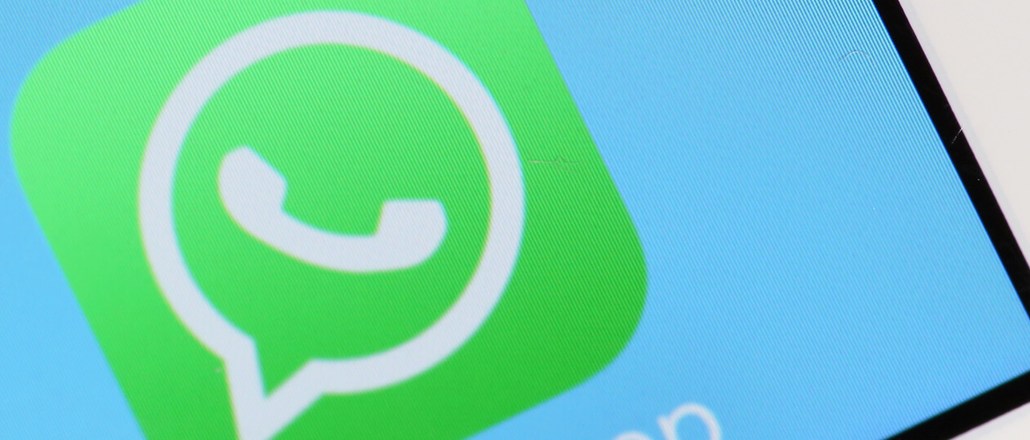Save 50% on a 3-month Digiday+ membership. Ends Dec 5.

Publishers are still trying to crack their WhatsApp strategy. While it’s tempting to be among the first on the messaging platform and gain access huge audiences, it turns out working with WhatsApp is still labor-intensive and clunky.
“For a publisher there’s something compelling about the newness of it that makes it forgivable for one of their stories to appear on your WhatsApp feed,” said Tom Ollerton, innovation director at We Are Social. “So far, it’s uncrowded.” This gives the earliest publishers on WhatsApp an advantage. But it may not be long before it gets too saturated.
What’s more, WhatsApp was built for chatting rather than news broadcasting. Using it presents a string of challenges: to subscribe people to their feeds, publishers have to manually add each new user to a Broadcast List. Each Broadcast List can only hold 256 people, so to gain a broader reach, publishers must create multiple lists, adding pressure to slim social media teams. There is no analytics dashboard, and the discovery is difficult unless people know what they are looking for.
And yet WhatsApp now has a billion monthly users — edging out Facebook Messenger‘s 900 million — convincing early adopters like the Guardian, the BBC and Vogue to stick with it.
The BBC rolled out “Young, Angry and Connected” in March, stories about young Africans who feel marginalized but are using platforms like WhatsApp and social media to get their voices heard. Three-minute video clips were pushed out daily over the course of a week. In February, when New York Fashion Week kicked off, Vogue sent the latest runway looks and fashion news to followers’ phones.
The latest to join the handful of publishers active on WhatsApp is the Financial Times, which is using the platform to broadcast. The FT will be pushing out one story a day on the chat app, which is being managed by its social media team of five journalists. It also plans to use emojis to make the messages feel less formal, according to the Thomas Ertman at the FT, who declined to disclose how many users have signed up so far or how it intends to measure the success of this venture.
Ad position: web_incontent_pos1

The Guardian in the U.K. takes a different approach, finding WhatsApp to be the most valuable for eyewitness accounts and user-generated content. It began its first set of experiments last August as a way for crowdsourcing stories from students as they got their A Level and GCSE exam results. This generated more contributions from people who wouldn’t have been Guardian readers in the first place, because it spread through word of mouth and was cross-promoted through the publisher’s social channels two days before. “That’s the whole point really,” said Laura Oliver, head of social and community at The Guardian, “to get a more diverse set of voices.”
More recently, in March, Carmen Fishwick, social and community editor at The Guardian, used WhatsApp to hear from millennials on a series about their biggest fears . Once the pieces had been written, the group was kept open as a forum to keep the contributors updated with other Guardian information.

Of course, the language and way of communicating on WhatsApp is different to other online channels, like email, which The Guardian found had its own benefits and challenges. “What’s interesting is the quality and tenor of what people say to you,” said Oliver. “They feel it’s more private and so share really interesting nuggets, often a stream of very short messages, which can be hard to decipher. We have to shift how we handle user-generated content in this context; it’s not a beautifully written 300-word extract we can slot in.”
Indeed, WhatsApp’s limitations have dissuaded other publishers. The Economist decided to go with messaging app Line, which has a smaller reach (212 million monthly users) but an easier platform to navigate. “Other publications appear to be using WhatsApp as a way to gather user-generated content, which isn’t something we do,” commented Denise Law, community editor at the Economist.
Social media has previously been a brand-building and loyalty-driving exercise, said We Are Social’s Ollerton. Now with messaging apps, it has shifted toward a more commercially accountable future. “Essentially, it’s market research,” he said. “These publishers are testing the waters with third-party messaging services before they turn into transactional platforms.”
More in Media

What publishers are wishing for this holiday season: End AI scraping and determine AI-powered audience value
Publishers want a fair, structured, regulated AI environment and they also want to define what the next decade of audience metrics looks like.

Digiday+ Research Subscription Index 2025: Subscription strategies from Bloomberg, The New York Times, Vox and others
Digiday’s third annual Subscription Index examines and measures publishers’ subscription strategies to identify common approaches and key tactics among Bloomberg, The New York Times, Vox and others.

From lawsuits to lobbying: How publishers are fighting AI
We may be closing out 2025, but publishers aren’t retreating from the battle of AI search — some are escalating it, and they expect the fight to stretch deep into 2026.
Ad position: web_bfu